By Sueann Wickham
In recent years, Guyana has emerged as a trailblazer in the realm of sustainable ecotourism, weaving a remarkable tapestry of biodiversity preservation. Whether you’re a wildlife enthusiast, a nature lover, or an intrepid adventurer seeking new experiences, Guyana’s eco-tourism destinations offer an unforgettable journey that deepens your appreciation for the astounding diversity our planet holds.
Previously, we marveled at the raw power and beauty of Guyana’s famous waterfalls. Today, we shine a spotlight on country’s other ecotourism wonders as well as the joint efforts of the government and local communities, united in safeguarding these priceless gems of nature.
Guyana’s landscapes are indeed a tapestry of stunning beauty and biological richness. The heart of the country lies in the expansive Amazon rainforest, which covers about 80% of its land area. This vast expanse is home to countless species, including rare birds like the Guianan cock-of-the-rock and the Harpy eagle, elusive big cats like the jaguar, and remarkable flora like the giant Victoria Amazonica water lilies.
Apart from the rainforest, the Rupununi Savannahs unveil a different side of Guyana’s natural splendour. These savannahs are dotted with unique ecosystems like the Pakaraima Mountains and the Kanuku Mountains, harbouring endemic species such as the giant otter, the arapaima, and the famous Victoria Amazonica lily, which can grow up to three meters in diameter.
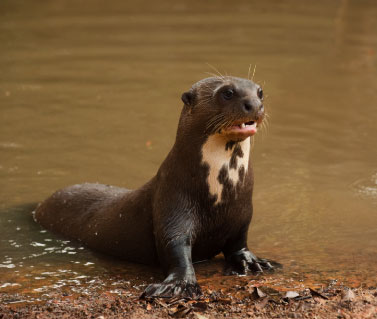
Sustainable Ecotourism: A Ray of Hope
Recognizing the significance of its natural wealth, Guyana has taken significant steps to prioritize sustainable ecotourism as a means of conservation. By promoting responsible tourism practices, the government aims to strike a harmonious balance between economic development and environmental preservation.
One exemplary initiative is the creation of protected areas like the Kaieteur National Park and the Iwokrama Forest. These reserves not only safeguard crucial habitats but also offer visitors the opportunity to witness nature in its purest form. Guided tours, nature walks, and birdwatching excursions are carefully curated to minimize the environmental impact while ensuring an unforgettable experience.
Moreover, Guyana has established a robust ecotourism certification program. Through the Guyana Tourism Authority, accommodation providers, tour operators, and guides are encouraged to adhere to strict environmental standards. The program ensures that tourism activities have minimal negative impact and that the benefits of tourism are shared with local communities.
Some of the most notorious ecotourism sites are:
1. Iwokrama Forest: A Wilderness Haven
For an authentic rainforest experience, head to the Iwokrama Forest. This protected reserve spans nearly 1 million acres and provides a haven for a diverse array of wildlife. Guided eco-tours offer visitors the chance to spot jaguars, giant river otters, and tapirs, among other incredible creatures. The Canopy Walkway is a must-visit attraction, offering a unique perspective of the rainforest from above the canopy.
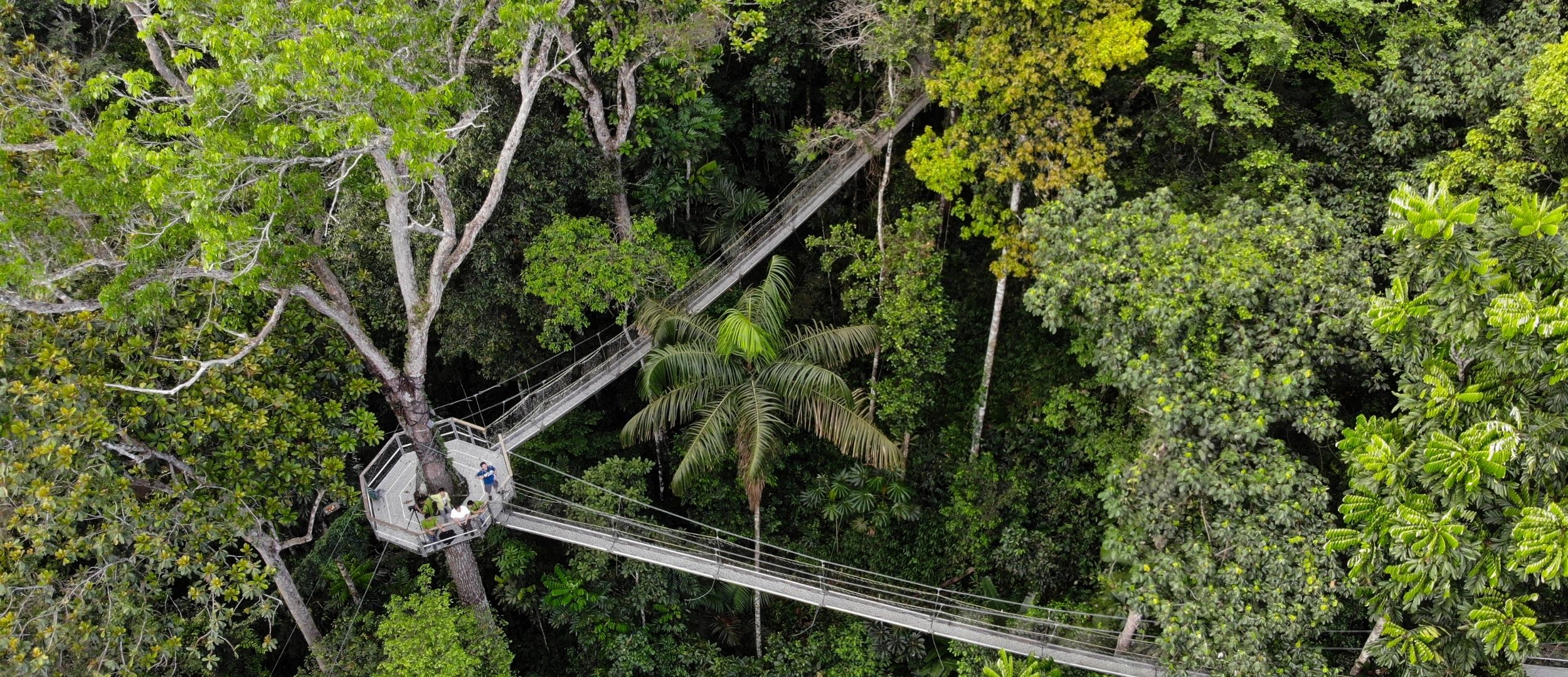
2. Rewa Village: Cultural Immersion and Wildlife Encounters
Nestled along the banks of the Rupununi River, Rewa Village offers an enchanting blend of cultural immersion and wildlife encounters. Visitors can engage in community-led eco-tours, which include birdwatching, fishing, and traditional craft workshops. The village is a gateway to the Rewa Head, a pristine region teeming with diverse wildlife, such as black caimans, giant river otters, and colourful bird species.

3. Karanambu Ranch: Exploring the Rupununi Savannahs
Experience the vastness of the Rupununi Savannahs at Karanambu Ranch, a family-owned eco-lodge committed to conservation. The ranch provides a tranquil retreat amidst the savannah grasslands, offering opportunities for birdwatching, boat tours to spot Karanambu otters (the world’s largest and rarest otters) and guided excursions to observe the giant Victoria Amazonica lilies. Karanambu Ranch also supports local wildlife conservation efforts, including the conservation of the endangered giant river otters.
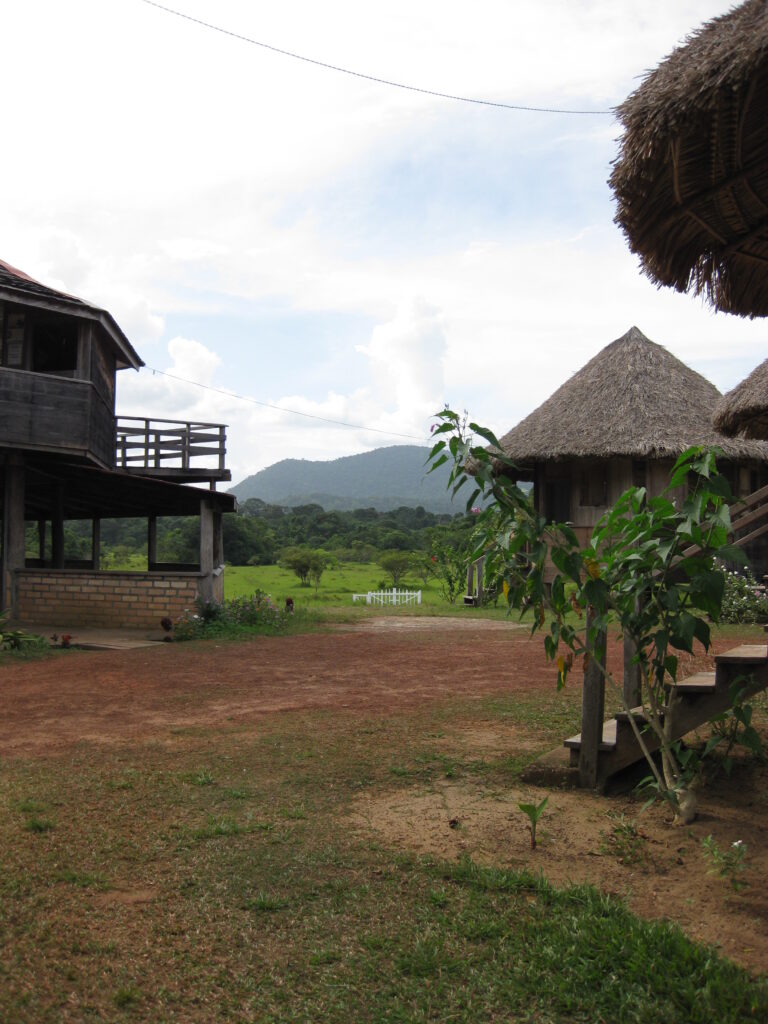
4. Surama Village: A Sustainable Community Experience
Surama Village is a model of community-led eco-tourism, where visitors can engage in sustainable activities while contributing to the welfare of the local Makushi community. Guided hikes to Surama Mountain present breathtaking views of the savannah and rainforest landscapes. Visitors can partake in traditional practices, such as craft-making and traditional storytelling, allowing for an authentic cultural exchange.
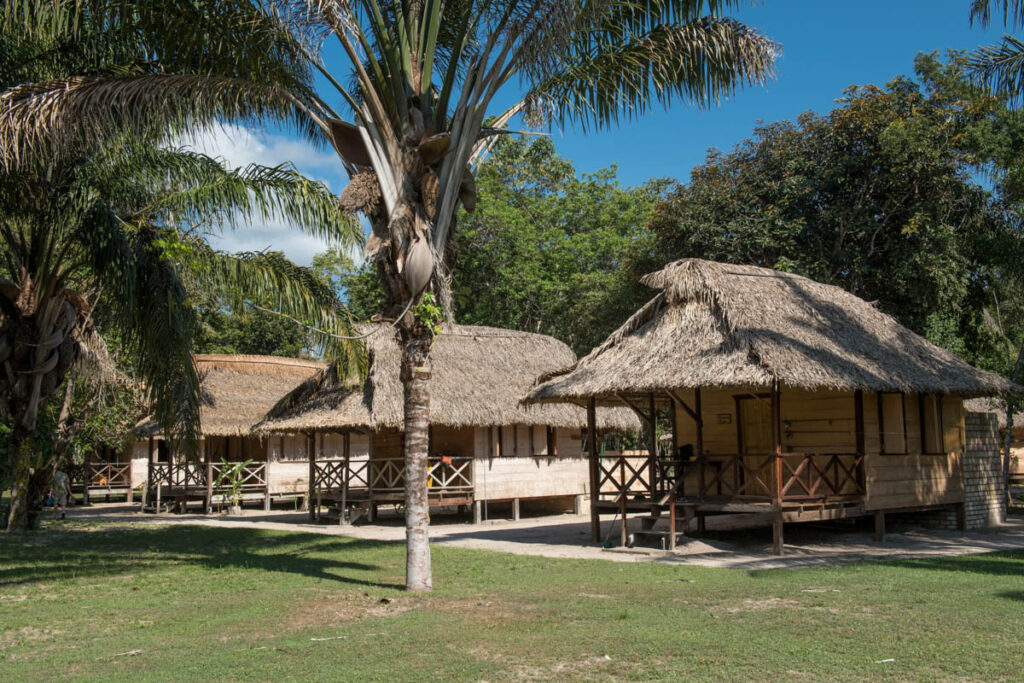
5. Shell Beach: A Sanctuary for Sea Turtles
Shell Beach is a stunning coastal destination renowned for its nesting sea turtles. Located in the Barima-Waini Region near the Venezuelan border, green, hawksbill, and leatherback turtles return to this beach to lay their eggs, providing an awe-inspiring spectacle for eco-tourists. Guided tours, organized in collaboration with local communities, offer visitors the opportunity to witness the turtles’ nesting and hatching rituals, contributing to conservation efforts in the area.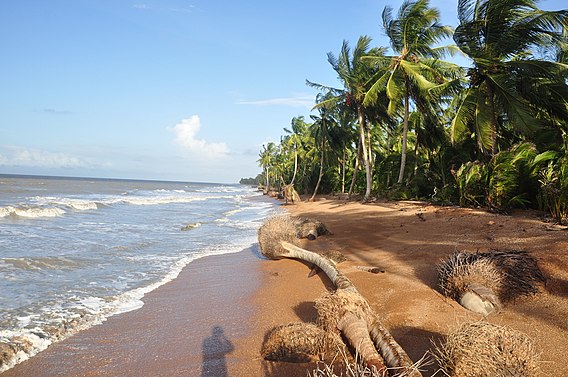
Community-Led Tourism: Empowering the Guardians of the Land
A crucial aspect of Guyana’s ecotourism success lies in the involvement of local communities. Indigenous tribes such as the Wai Wai, Macushi, and Wapishana play an integral role in the conservation efforts. By integrating their traditional knowledge with modern conservation practices, these communities have become the guardians of the land, preserving ancestral territories and promoting sustainable resource management.

Community-led tourism ventures have also been established, allowing visitors to immerse themselves in authentic cultural experiences while supporting local livelihoods. Homestays, craft workshops, and storytelling sessions provide tourists with a unique glimpse into the rich heritage of these indigenous communities. The revenue generated from community-led tourism directly benefits the locals, incentivizing them to protect their natural surroundings and traditional way of life.
Furthermore, community-led ecotourism initiatives empower women and youths, creating economic opportunities beyond traditional sectors. With the guidance of elders, young members of these communities are trained as ecotourism guides, ensuring the preservation of cultural knowledge for future generations.
It is indeed clear that Guyana’s journey towards sustainable ecotourism and biodiversity conservation sets a commendable example for other countries hoping to embark on the same journey. Its commitment to preserving the natural wonders and cultural heritage while empowering local communities is a testament to the power of collaboration and responsible tourism practices.
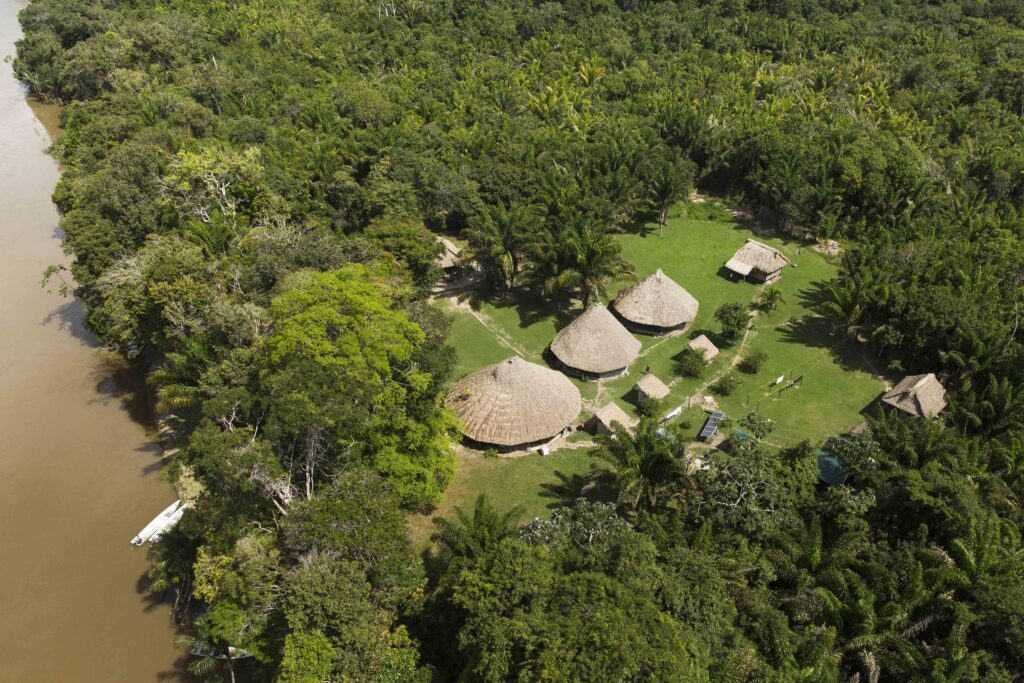
As travellers seek more meaningful experiences and a deeper connection with nature, Guyana’s untouched landscapes and vibrant ecosystems offer a unique invitation to explore, appreciate, and protect our planet’s invaluable treasures.







![[2500 px] 2022 Top 100 Website - Guyana - Iwokrama International Centre](https://www.guyanastandard.com/wp-content/uploads/2023/07/version1uuid9CB70AD2-9FCE-4DF3-BC50-F2E71D9F97B6modecompatiblenoloc0-1021x580.jpeg)





